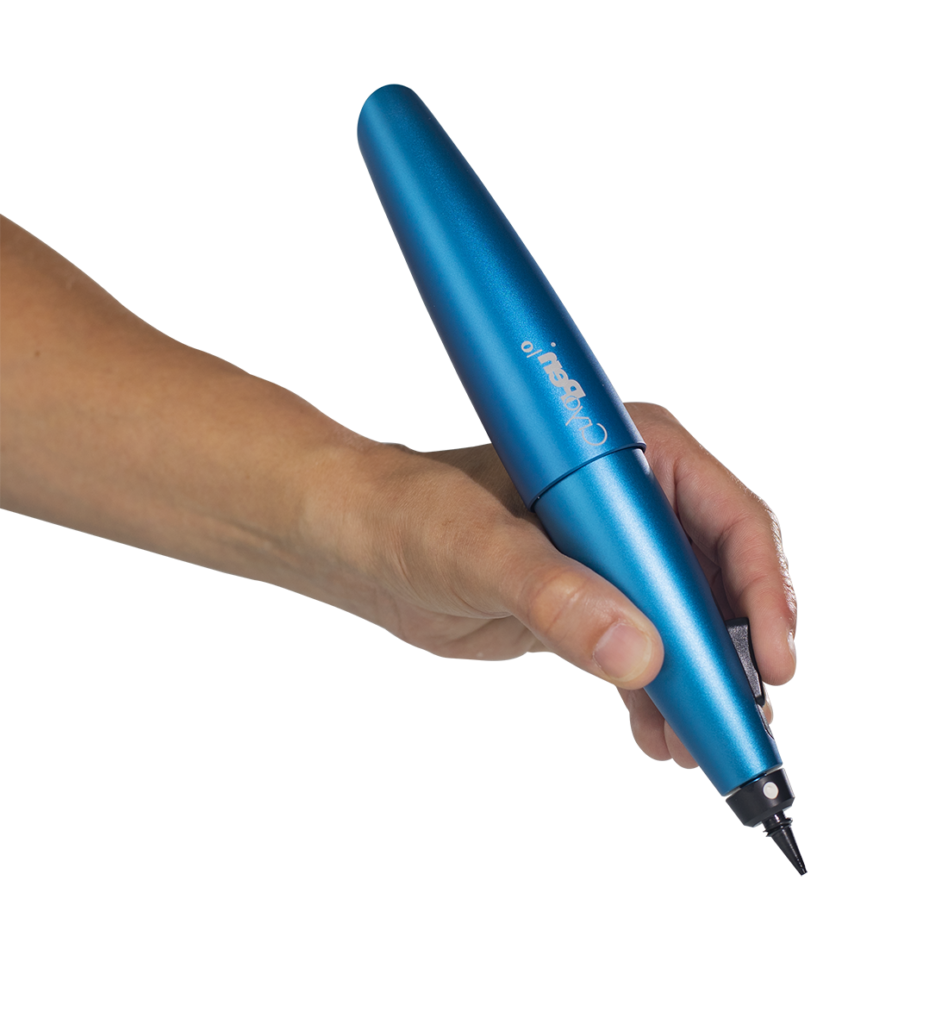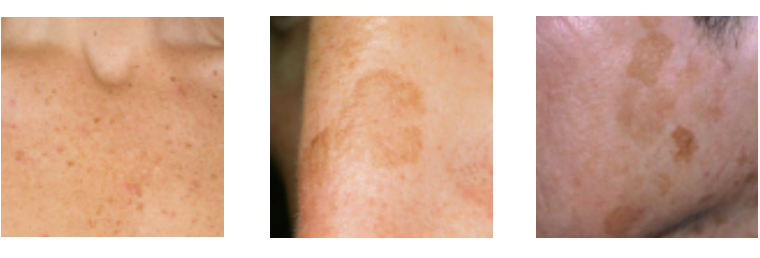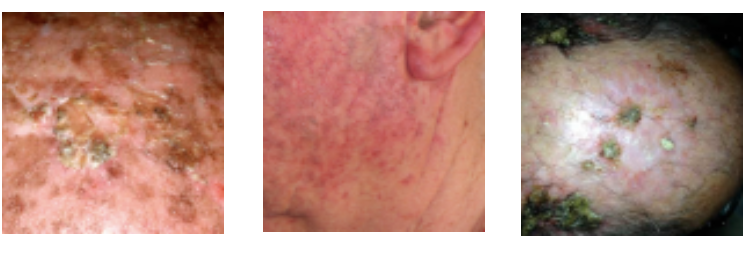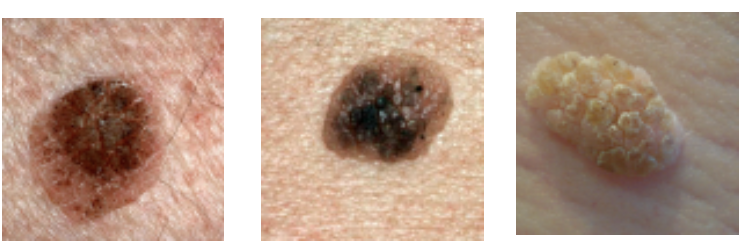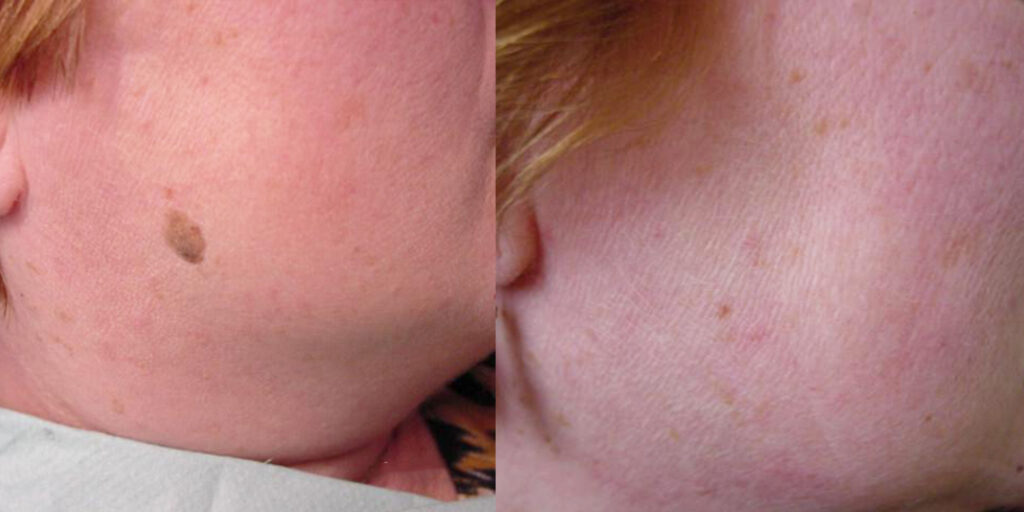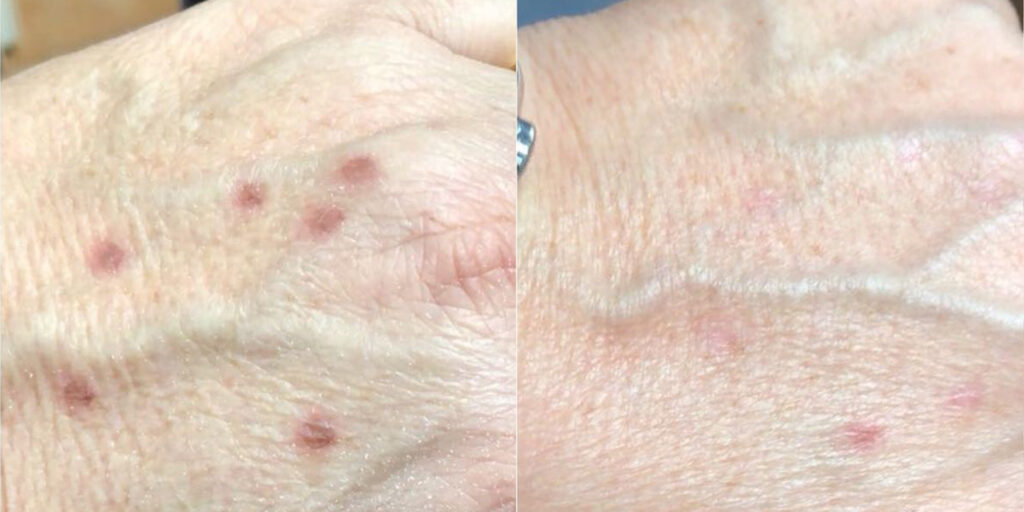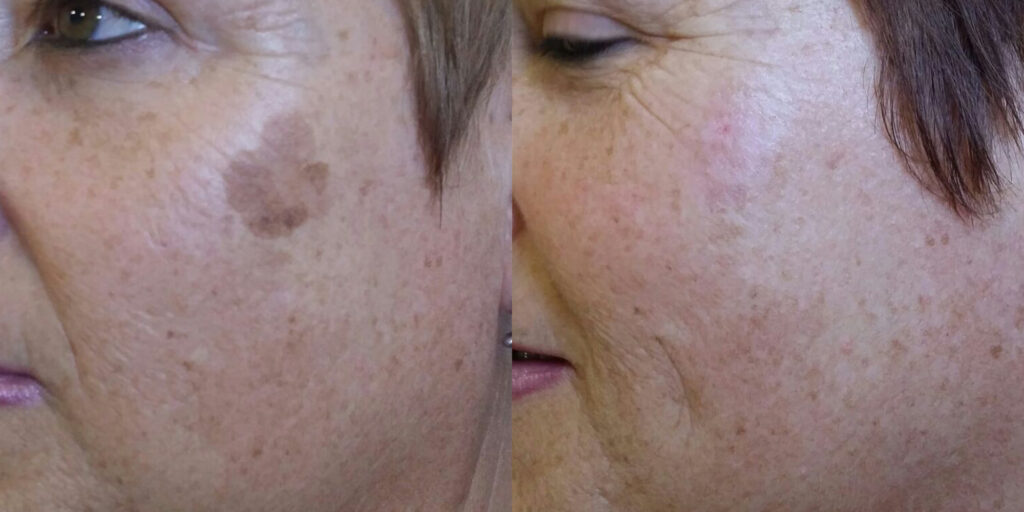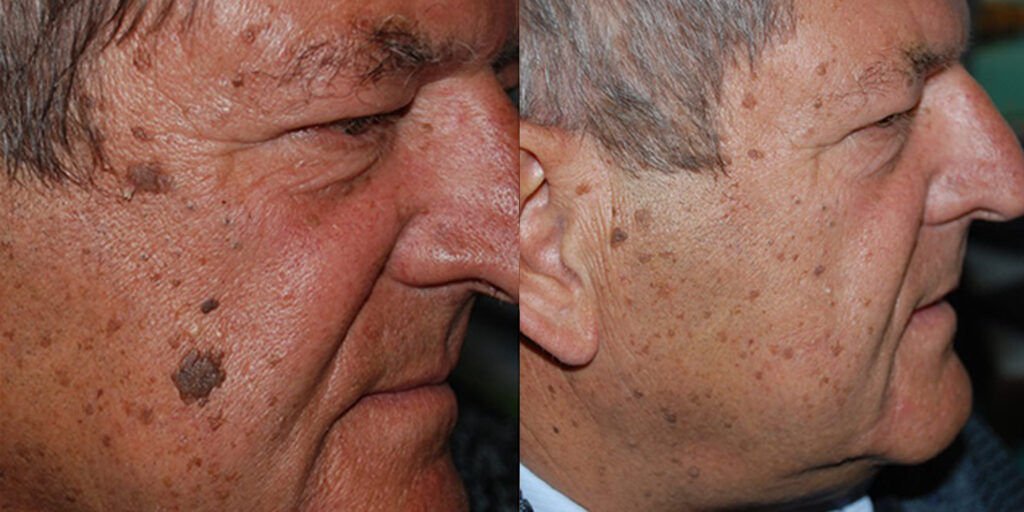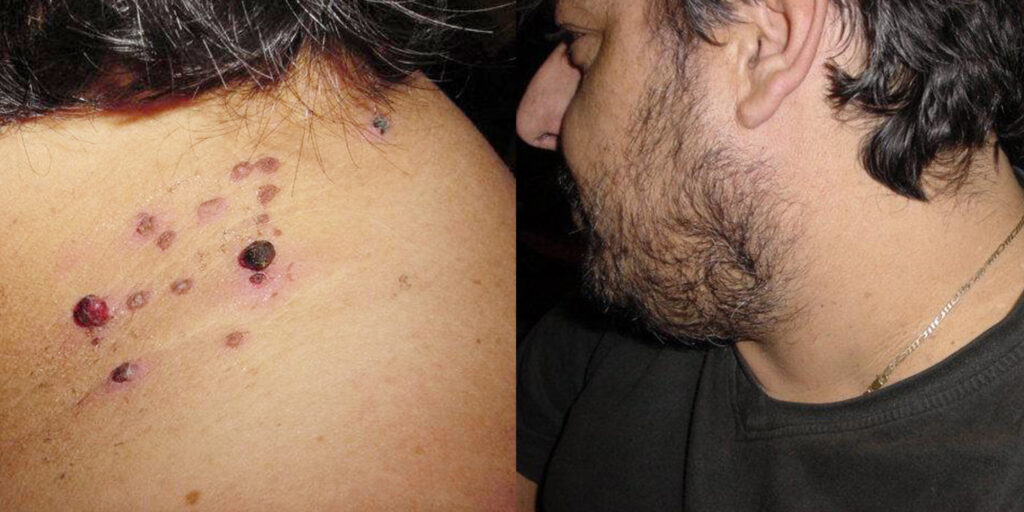< Don’t miss out our special offers! >
< Call us on 020 8290 0099 >
- Book Free Consultation
- Buy Your Treatment Now
- Skin
-
Face
Skin Tightening
Pigmentation
Minor Procedures
Skin Care
Injectables
Skin Tightening
-
- Laser
-
- Concerns
- Wellbeing
- Offers
- Offers
- Price List
- Team
- Blog
- Contact Us
- Book Free Consultation
- Buy Your Treatment Now
- Skin
-
Face
Skin Tightening
Pigmentation
Minor Procedures
Skin Care
Injectables
Skin Tightening
-
- Laser
-
- Concerns
- Wellbeing
- Offers
- Offers
- Price List
- Team
- Blog
- Contact Us
- Book Free Consultation
- Buy Your Treatment Now
- Skin
-
Face
Skin Tightening
Pigmentation
Minor Procedures
Skin Care
Injectables
Skin Tightening
-
- Laser
-
- Concerns
- Wellbeing
- Offers
- Offers
- Price List
- Team
- Blog
- Contact Us

